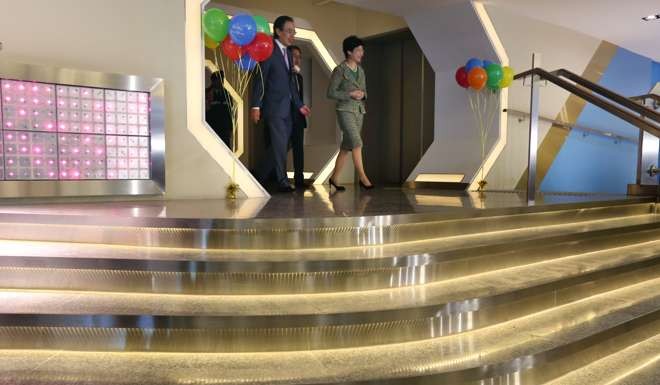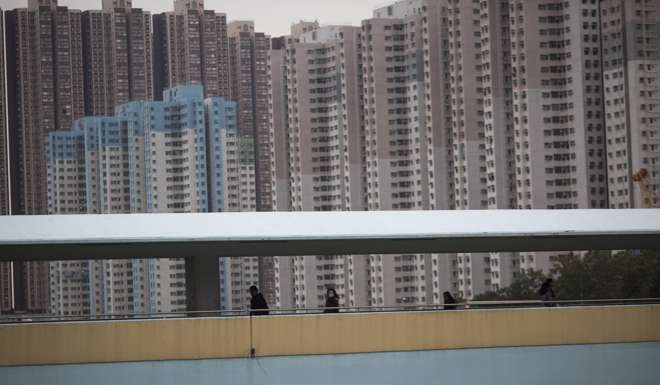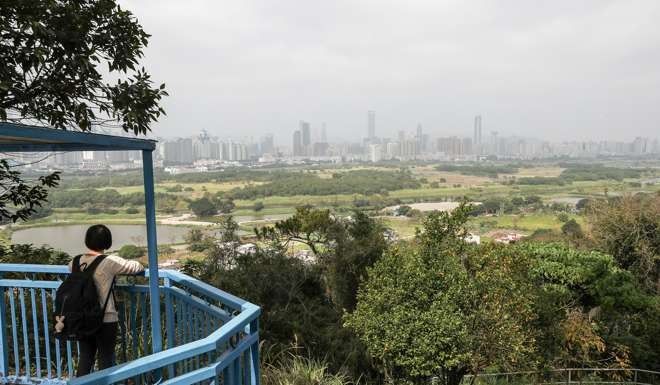
Hong Kong’s next chief executive must have a vision for the youth of tomorrow
Ken Chu says the Hong Kong 2030+ study presents an opportunity to press for the innovative use of land and infrastructure, to benefit young citizens and professionals of the future
In his policy address last week, Chief Executive Leung Chun-ying said the government would carry out strategic planning for major transport infrastructure to support the long-term land use strategy of Hong Kong beyond 2030.
Watch: Leung Chun-ying’s farewell policy address
There is no doubt that land planning can help Hong Kong achieve its strategic goals and redirect policy focus to enhance its competitive edge, to meet future challenges. For example, visionary strategic planning may make us realise that brownfield sites could be used for strategic policies that generate more overall benefits.
However, we can also consider how to maximise or look beyond the land-use policy parameter, with a view to creating opportunities for future generations to grow.
Hong Kong development secretary promises action on lack of living space

Office space in Genesis building offered at below market rents to entice creative industries
The world has changed dramatically since the last century, and the pace of change is getting ever more rapid. Facebook, for example, was officially launched in 2004, when iPhones or iPads were unheard of. Now, social media is ubiquitous, and most people cannot go a day without their electronic devices. If Moore’s law about the pace of the digital revolution continues to hold true, we will see exponential growth in technology that will change the face of the Earth and drastically affect our life in an even shorter time. For example, one California-based aviation company has developed a jetpack that will allow civilians to experience personal flight. What will the world really look like in, say, the year 2030? More importantly, what will Hong Kong have become or have to face? What opportunities will be available for future young generations?
So half of our youth want to leave Hong Kong? We need to make sure they have reasons to stay
Renowned scientist Stephen Hawking once said that it isn’t yet possible to predict the weather more than a few days in advance. So how could we predict with precision what will happen in 13 years?
What should our next chief executive do to prepare Hong Kong, and especially our young people, for this extraordinary world of tomorrow?
We do know for certain that our city is ageing fast. It is also in need of diversifying its industrial sectors, beyond the four traditional core industries of financial services, trading and logistics, tourism, and real estate, as they face enormous challenges and fierce competition.
Yet, even if we are unable to make accurate or reliable forecasts, it does not mean we cannot make preparations for what may come, or that we should forsake the responsibility of nurturing our current four- or five-year-olds, so they can meet the challenges ahead.
Their expectations and aspirations will be vastly different from those of their parents; they are growing up in an entirely different environment, facing different kinds of pressure.
Bearing all this in mind, what should our next chief executive do to prepare Hong Kong, and especially our young people, for the extraordinary world of tomorrow?
Hong Kong 2030 Plus: is it really planning or just guesswork?

Dream of owning a home is over for most young Hong Kong people

Young people need the right skills to ensure Hong Kong’s future
Even though the 2030+ study is essentially about land use, infrastructure development and the built environment, the city’s next top leader should consider expanding the scope of this strategic review to assess how to maximise land use and infrastructure to help our young people, especially the generations to come.
Giving our youth hope and opportunities to excel and grow must be a priority for the next chief executive because they are the future of Hong Kong. The administration must formulate a vision of the kind of city the children of today will experience when 2030 arrives.
Dr Ken Chu is group chairman and CEO of the Mission Hills Group and a National Committee member of the Chinese People’s Political Consultative Conference

